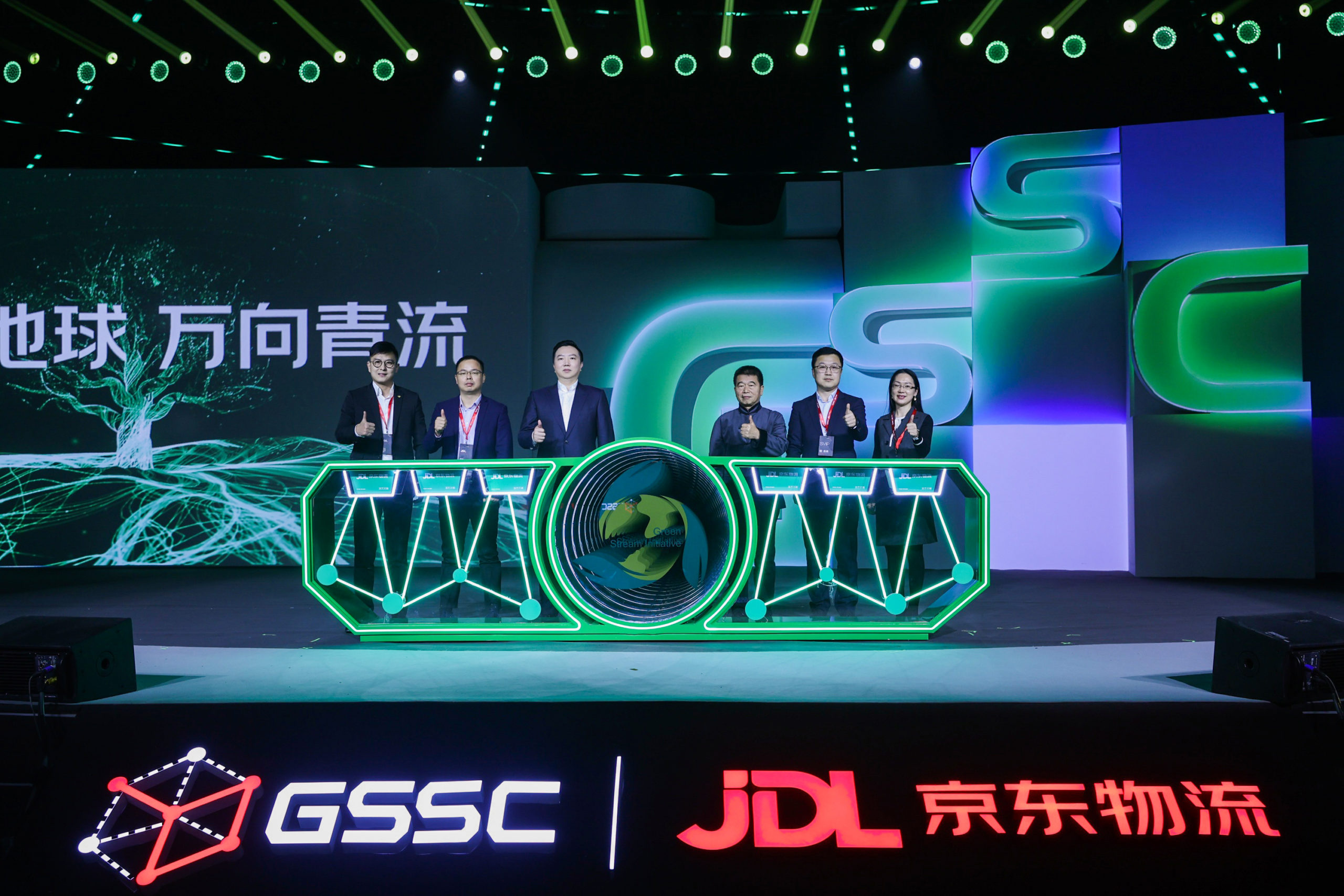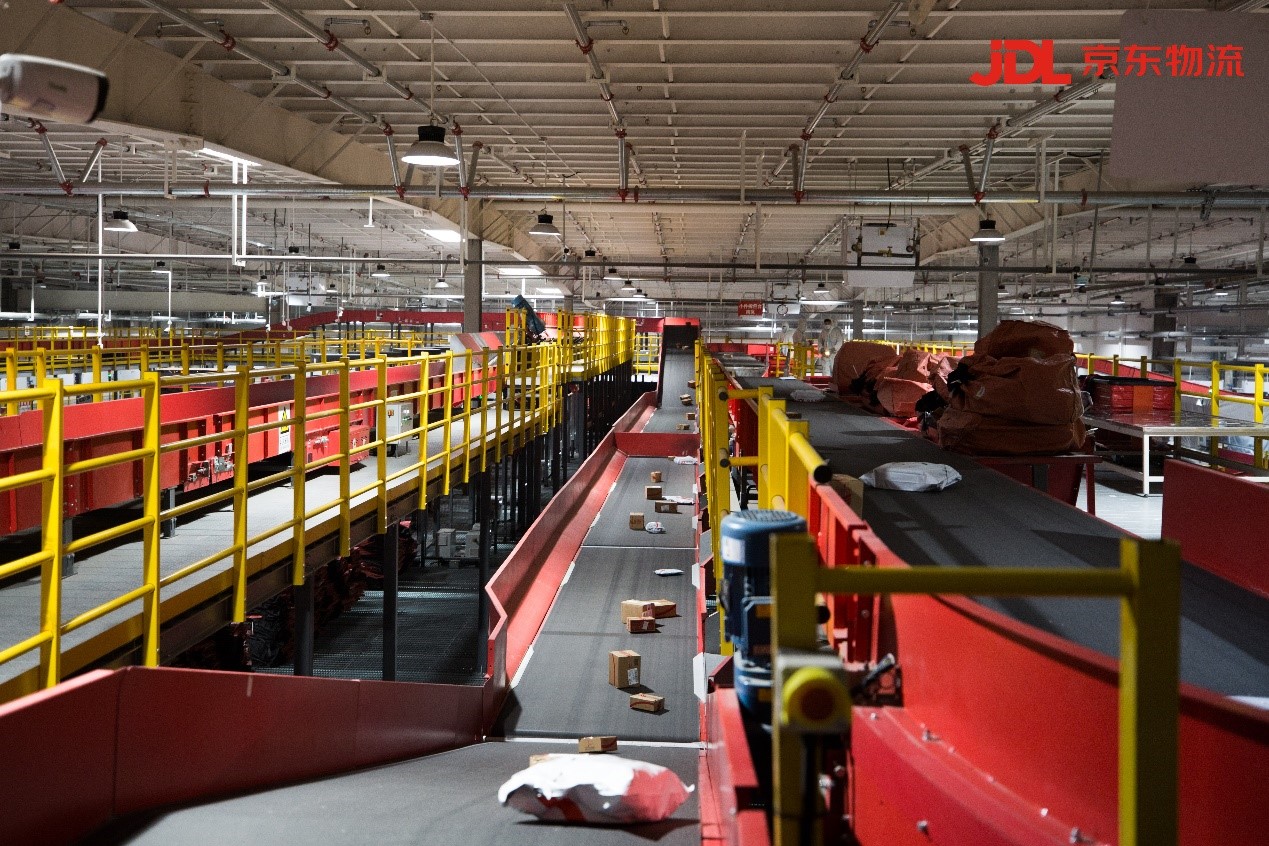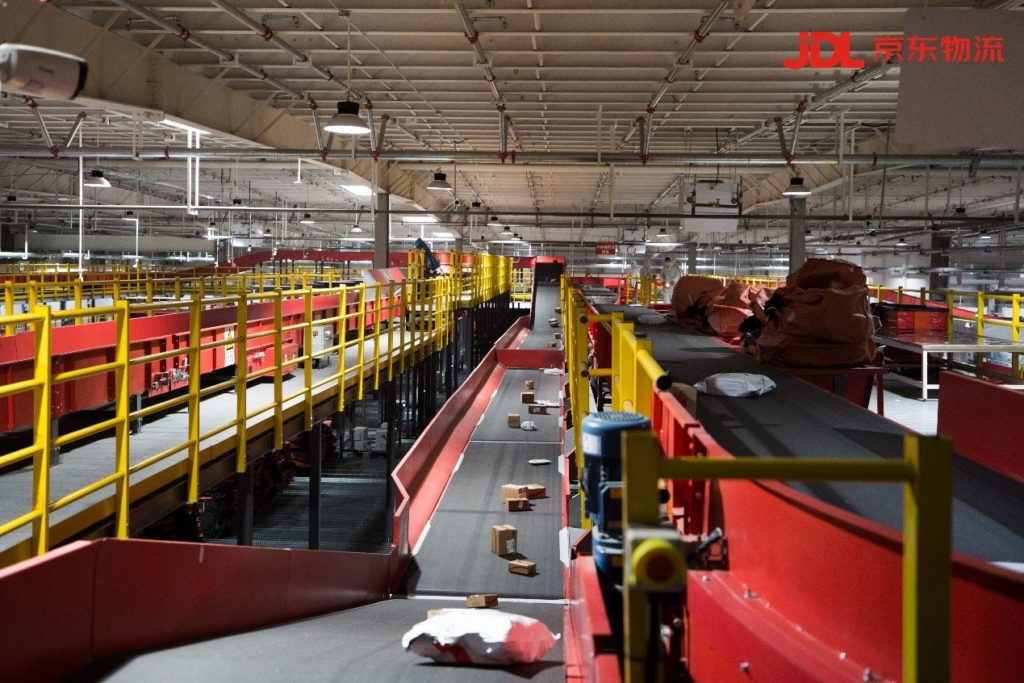by Mengyang He
On October 17, JD.com kicked off its 2021 Singles Day Grand Promotion at the NUO Resort Hotel situated at the heart of newly opened Universal Beijing Resort.
Compared with previous years where the Singles Day Grand Promotion started at midnight, this year it will roll in 4 hours ahead of time, with the pre-sale will be commencing at 8 pm (Beijing time) on October 20 and finishing at 8 pm on October 31 when the official sales period begins. Additionally, the final price-off will start at 8 pm on November 10 to allow consumers to place orders of high-quality and low-priced goods without having to pull an all-nighter. The full Singles Day Grand Promotion will last for 23 days from October 20 to November 11.

Meanwhile, JD.com rolled out the on-demand “Nearby” channel on the app homepage, which provides fast delivery services of high-quality products from stores in the vicinity of 3-5 kilometers based on the location of consumers. As of now, 100,000 all-category physical stores have been connected to JD.com’s “Shop Now” feature under this channel in order to provide consumers with on-demand retail and delivery service within an hour and sometimes even minutes. Huijian He, Vice President of JD.com and Dada Group, and Head of JD Omni-channel Home-Delivery Department, explained that the “Nearby” channel will present the best products and services of the “Shop Now” initiative to consumers.
During this year’s Singles Day Grand Promotion, over 90% of popular products will be granted the price guarantee service, and in addition to the JD PLUS member super shopping card, with which one can claim benefits from brands such as Starbucks and KFC, JD PLUS members can also benefit from exclusive subsidies on goods of all categories. Additionally, while searching “e-CNY” on the JD App during the 2021 Singles Day Grand Promotion, consumers will have the opportunity to receive red envelopes, coupons, and discounts in the digital currency “e-CNY.”
Consumers can not only purchase premium and authentic products at the best price, but also experience excellent service through a more comprehensive service system and stricter quality control. On top of existing services, such as immediate refund, free consultation of pet veterinarians, and delivery & installation in one, over 100 services have been recently enhanced prior to the 2021 Singles Day Grand Promotion. Over the past year, except for logistics and consumer services, JD Retail has invested more than RMB 35 billion yuan in c-end user services alone.
In ensuring the quality of products, JD.com recently put forward a robust system for quality control, which is set to raise the bar and strengthen warehouse inspection. Meanwhile, through cooperation with government supervisory institutions and large distributors, JD.com has built a blockchain-based anti-counterfeiting traceability platform to fully track the supply chain from the origin to consumers.
As the Singles Day Grand Promotion significantly elevates UVs (unique visitors) to a record-breaking number, JD.com’s hybrid cloud operating system will safeguard smooth operations and ensure a great shopping experience for each consumer. Additionally, JD.com’s intelligent customer service will support consumers around the clock.

The 2021 Singles Day Grand Promotion will usher in a great number of brands and merchants to physical stores, farmers, SMEs, and consumers. JD Logistics, with over 1,200 warehouses and 38 highly intelligent “Asia No. 1” logistics parks across China, will ensure a speedy delivery service. In addition, consumers from over 200 cities of 30 provinces, municipalities and autonomous regions in China will be able to receive the delivery within minutes once they make a pre-sale purchase.
JD.com is also contributing to a more sustainable operation. For each package that it delivers during the 2021 Singles Day Grand Promotion, JD.com will reduce the amount of adhesive tapes used by 25 cm, paper consumption by 210 grams, and plastic by 11 grams. Revolving around sustainability, JD.com will leverage its green infrastructure and technological innovation on supply chain, warehousing, packaging, energy consumption and etc., making the 2021 Singles Day Grand Promotion the largest one ever where renewable energy is being used.


















